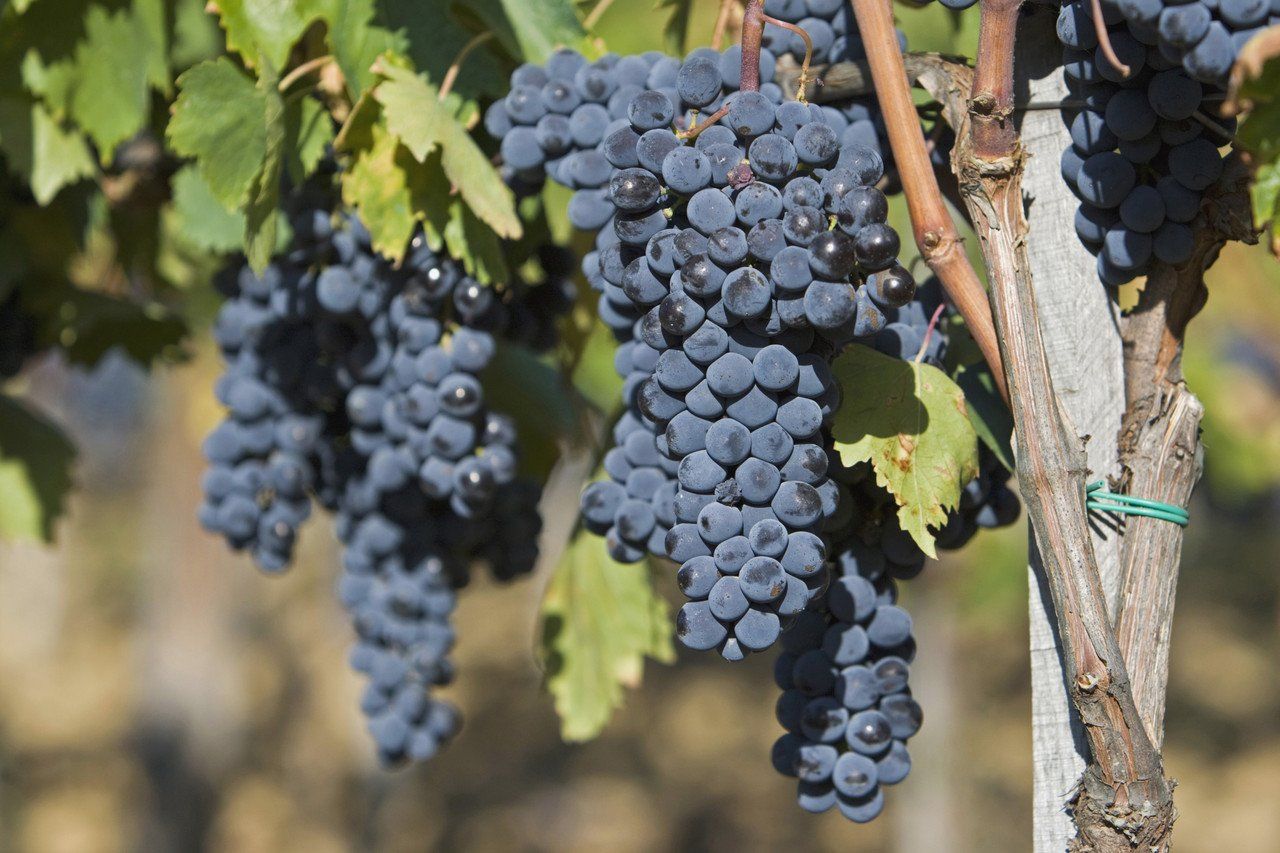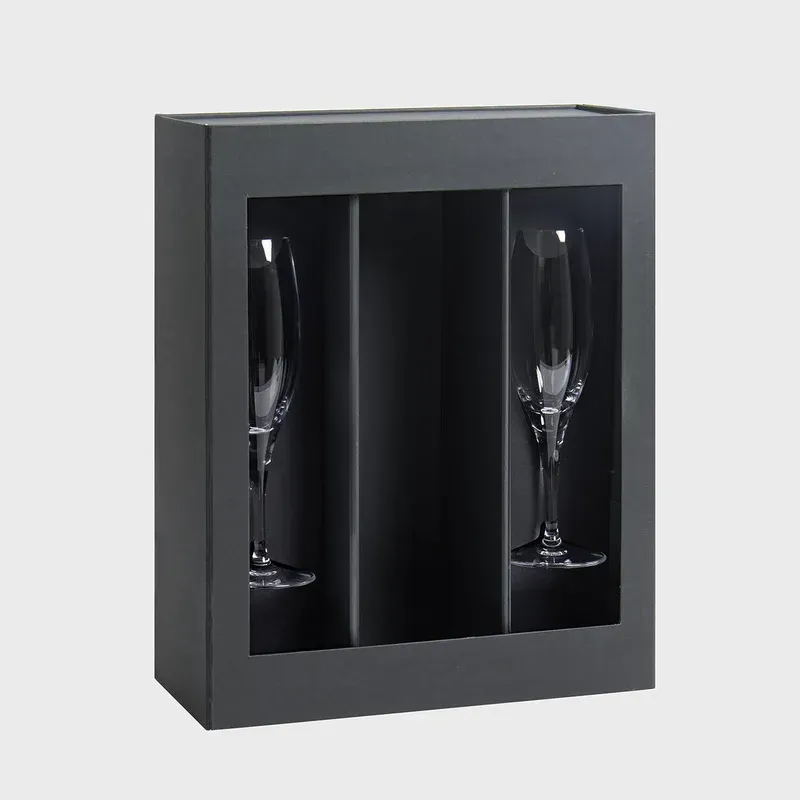Best White Wine for Cooking: 12 Top Picks for Every Dish
Best White Wine for Cooking: 12 Top Picks for Every Dish
When a recipe calls for white wine, skip the dusty bottle marked “cooking wine” and reach for a dry, crisp bottle you’d be happy to drink. The best options balance acidity with clean fruit, brighten sauces and never leave a sugary glaze. Ahead we cover twelve reliable choices – Sauvignon Blanc, Pinot Grigio, Unoaked Chardonnay, Dry Riesling, Dry Vermouth, Dry Marsala, Chenin Blanc, Albariño, Picpoul de Pinet, Pinot Blanc, Vermentino, and Brut Champagne or Cava – so you can match the right grape to the right pan.
Seafood needs zingy acidity, creamy risotto benefits from gentle weight, while slow braises welcome a touch of nutty depth; alcohol, sugar and texture all shift the final flavour. Understanding those levers transforms cooking from competent to confident. Below you’ll find twelve sommelier-approved whites, each with tasting notes, dish pairings and kitchen tricks, enabling you to shop smart, pour correctly and serve plates that sing.
1. Sauvignon Blanc – The All-Purpose Brightener
Sauvignon Blanc rarely misbehaves in the kitchen. Bright, herbal and bone-dry, it injects freshness wherever butter or cream threatens to dominate.
Key flavour profile & cooking strengths
With razor-sharp acidity, flavours of lime, green apple and gooseberry, plus zero oak, the wine deglazes pans cleanly and reduces without turning syrupy or sweet.
Best dishes to use it in
Reach for it in creamy chicken sauces, classic moules marinières, clam linguine, vegetable broths or a zippy beurre blanc—one reason many chefs crown it “best overall”.
Pro kitchen tips
Add a splash early to lift the fond, then finish with a second pour; reducing beyond half can exaggerate grassy notes. Its built-in acidity often makes extra lemon redundant.
Price point & UK bottle examples
Spend between £10 and £18. Marlborough and Loire Valley bottles are plentiful; save the posh Sancerre for the table and use an everyday pour for cooking.
2. Pinot Grigio – Neutral Workhorse for Everyday Recipes
Pinot Grigio is the culinary equivalent of a blank canvas. Light-bodied and gently fruity, it slips into almost any recipe without shouting over delicate flavours or turning cloying when reduced.
Why it works
Minimal oak and moderate acidity keep flavours neutral, so chefs rely on it whenever a recipe simply states “dry white wine”.
Perfect pairings
Risotto bases, white sauces for pasta, steamed fish parcels, and poached pears all benefit from its unobtrusive touch—versus Sauvignon’s sharper zip.
Cooking advice
Add half during the sauté to collect fond, splash the rest near plating for a fresh top note.
Budget guidance
Stick to £6–£10 Veneto DOC labels; avoid ultra-cheap sub-£5 bottles, which can taste thin and harsh once reduced.
3. Unoaked Chardonnay – Richness Without Oaky Overkill
Craving richness but not vanilla-soaked oak? Unoaked Chardonnay hits the sweet spot, adding creamy weight while keeping flavours bright – a dependable candidate for the best white wine for cooking when you need subtle depth.
Characteristics & culinary role
Ripe apple and stone-fruit flavours ride on a subtle creamy texture from lees ageing, not barrels, providing mid-palate heft with balanced, food-friendly acidity.
Best dishes
Use it in mushroom risotto, roast-chicken gravy, béchamel for lasagne, fish pie or cheese fondue—dishes that need body without toasted oak notes.
Technique tips
Reduce to roughly one-third for a silkier sauce; its higher glycerol copes well. Avoid oaked Chardonnays—wood tannin can taste harsh once concentrated.
Spending sweet spot
Spend £9–£15 on Macon, basic Chablis or South-African ‘Unoaked’—good enough for glass and pan.
4. Dry Riesling – Aromatic Lift for Spicy & Asian-Inspired Fare
When chilli, ginger or lemongrass enter the pan, you need a white that keeps pace rather than cowering. A properly dry Riesling (look for “Trocken” on German labels) delivers piercing acidity and blossom-laced aromatics that slice through heat, sweet and umami in equal measure—one reason many cooks quietly rate it the best white wine for cooking anything with a kick.
Flavour profile
- Electric acidity, often higher than Sauvignon
- Notes of lime zest, white peach, and wet slate
- Typically 11–12 % ABV, so reductions stay vibrant rather than boozy
Where it shines
- Thai green curry broth or Vietnamese pho base
- Chilli-prawn stir-fries and sweet–sour pork
- Pork schnitzel with lemon, German potato salad, or tangy apple slaw
Kitchen pointers
- Use in marinades: the acid tenderises meat while the fruit softens spice edges
- Keep heat medium; excessive boil chases off delicate aromatics
- Add a final splash just before serving for a perfumed top-note
Bottle & price cues
Spend £9–£16 on Mosel, Pfalz or Clare Valley bottles clearly marked “Dry/Trocken”. Their screw-cap freshness lasts a week in the fridge, so you can pour, recap and cook again without waste.
5. Dry Vermouth – Shelf-Stable Stand-By for Quick Sauces
No open bottle of table wine? Dry vermouth lives in the fridge for weeks, ready to deglaze a pan or rescue a rushed mid-week supper. The fortified base means flavours stay bright even after repeated uncorking.
What makes it special
Fortified to about 17 % ABV and infused with botanicals such as wormwood, thyme and citrus peel, it brings layered savoury depth and a whiff of herb garden in seconds.
Ideal applications
Splash into chicken piccata, creamy seafood linguine, sautéed mushrooms or any pan sauce that normally starts with “white wine”.
Usage notes
Because the aromatics are concentrated, use roughly three-quarters of the volume a recipe specifies. Keep the flame moderate; a violent boil can turn the herbs bitter.
Buying advice
Look for “extra-dry” French or English labels around £7–£12. Once opened, store chilled and use within a month for peak freshness.
6. Dry Marsala – Nutty Depth for Braises & Brown Sauces
Dry Marsala adds instant complexity – think roasted nuts and caramel – to braises and gravies that otherwise taste one-note.
Profile & advantages
Only lightly sweet ‘Secco’ Marsala (≈18 % ABV) offers toasted almond, fig and toffee notes that darken sauces quickly without turning cloyingly sweet.
Classic dishes
- Chicken or veal Marsala
- Mushroom ragù
- Onion gravy for sausages
Cooking know-how
Bubble for 45 seconds to burn off alcohol, then stir in stock; its higher alcohol helps release fat-soluble flavours; swap for sherry or Madeira like-for-like.
Cost & label tips
Pay £10–£15; unopened it lasts months, so a single bottle covers countless cold-weather stews.
7. Chenin Blanc – Fruit-Driven Versatility for Creamy Sauces
Silky yet zingy, Chenin Blanc hits the sweet spot when a recipe wants both freshness and a touch of orchard-fruit plushness. That balance is why many UK chefs quietly rate it the best white wine for cooking béchamel, gratins and other dairy-rich dishes.
Taste & texture
Medium-plus acidity with notes of quince, pear and honeysuckle; a little natural glycerol gives sauces a rounded mouth-feel.
Dish pairings
- Creamy leek & chicken pie
- White lasagne or mac ’n’ cheese
- Vegetable gratins
- Pork medallions with mustard cream
Practical pointers
Add a knob of butter as the wine reduces—fat smooths the tang. Its fruitiness also softens salty cheeses, so you can dial back extra cream.
Smart buys
£8–£12 gets a reliable bottle: look for “Fresh & Fruity” South African labels or Loire Vouvray Sec. Keep leftovers chilled; flavours stay bright for four cooking sessions.
8. Albariño – Saline Snap for Shellfish & Coastal Cuisine
Albariño hails from Spain’s mist-cooled Atlantic coast, and you can almost taste the sea spray in every sip. High acidity, citrus zest and a faint briny note make it brilliant for anything that once lived in a shell; it freshens butter, lifts garlic and never weighs dishes down.
Key attributes
- Lively lemon and grapefruit
- Subtle saltiness, wet-stone finish
- Crisp 12–13 % ABV
Use it in
Steamed mussels, scallop ceviche, seafood paella, garlic prawns or a quick clam sauce for spaghetti.
Technique tips
Add near the end so the saline snap remains; over-simmering flattens the mineral edge.
Buying range
Spend £11–£16 on Rías Baixas DO; a worthwhile step-up when fish is hero of the meal.
9. Picpoul de Pinet – Zesty Option for Mediterranean Dishes
Need a white that echoes lemon without actually squeezing a fruit? Picpoul de Pinet might be the best white wine for cooking sun-kissed Mediterranean fare thanks to its punchy acidity and clean citrus snap.
Profile
“Lip-stinger” acidity, bright lemon zest, white blossom and a whisper of saline minerality keep flavours vivid even after a quick simmer.
Best matches
Bouillabaisse, baked cod with olives, Provençal mussels, or a chilled courgette ribbon salad drizzled with fruity olive oil.
Cooking tricks
Its high acid lifts the fond from cast-iron in seconds; finish the pan sauce with olive oil and herbs for an instant Provençal vibe.
Price guideline
Expect to pay £9–£12 for reliable Languedoc AOP bottles; most UK supermarkets and independent merchants carry at least one crisp example.
10. Pinot Blanc – Subtle Elegance for Delicate Poultry & Fish
Pinot Blanc is the quiet achiever of the kitchen, lending understated grace to fish or poultry without altering the dish’s colour or crowding delicate aromas.
Flavour notes
Expect soft pear, almond and faint citrus; acidity is silky rather than sharp, with zero oak.
Ideal recipes
It excels in sole meunière, white asparagus, cream-of-cauliflower soup and feather-light chicken velouté.
Culinary advice
Reduce briefly—no more than a quarter—so flavours stay nuanced and the sauce keeps its pale glow.
Cost pointers
Spend £10–£14 on Alsace or Alto Adige bottles; screw-caps slow oxidation and suit mid-week cooking.
11. Vermentino – Herbal Freshness for Vegetarian & Herb-Forward Dishes
Vermentino is the sunshine-soaked answer when your menu leans vegetarian. Its citrus tang and savoury herb notes echo fresh produce and sharpen dairy-based sauces.
Characteristics
- Medium body, brisk acidity
- Lemon peel, grapefruit, hint of rosemary
- Slight bitter edge cleanses palate
Pairings
- Pesto linguine
- Courgette herb risotto
- Pan-fried artichokes
- Grilled halloumi salad
Cooking hacks
- Swap final risotto ladle for 60 ml wine to boost aroma
- Use 1 part wine to 2 parts oil in zippy vinaigrettes
- Add off heat; long boils mute herbs
Shopping advice
£9–£13 Sardinian or Tuscan bottles (French ‘Rolle’) offer the freshest kick; keep chilled and corked for a week.
12. Brut Champagne or Cava – Effervescent Flair for Celebration Dishes
When the occasion warrants a touch of theatre, a splash of fizz brings instant lift to both sauce and mood. Carbonation carries flavour deep into food, while subtle biscuit notes add savoury complexity no still white can match.
Why bubble matters
The dissolved CO₂ speeds up marination, encourages quicker reduction and leaves a faint brioche whisper after the foam subsides.
Best dishes
Champagne beurre blanc, lobster thermidor, mushroom cream sauce and a light, airy sparkling sabayon.
Cooking pointers
Give the wine 30 seconds to de-foam before adding dairy; freeze leftovers in ice-cube trays for easy future splashes.
Budget tip
Reach for good Cava or Crémant at £10–£15—save vintage Champagne for the glasses, not the saucepan.
Cook With Confidence
Choose a white you would happily sip and let the food do the rest. Match tart, high-acid wines to butter and cream; reach for fuller bottles such as unoaked Chardonnay when a sauce needs extra body; use aromatic styles like Riesling or Vermentino to keep spice and herbs lively. Keep sweetness low unless you’re chasing a caramel edge, and remember that a quick reduction doubles both flavour and acidity, so start with restraint and taste as you go.
Treat the twelve bottles above as a toolkit rather than a rulebook. Test, tweak, and you’ll soon land on a personal “house” cooking wine that lives by the hob.
Ready to stock the rack? Explore the latest arrivals at Mosse & Mosse and enjoy quick nationwide delivery to your kitchen door.








